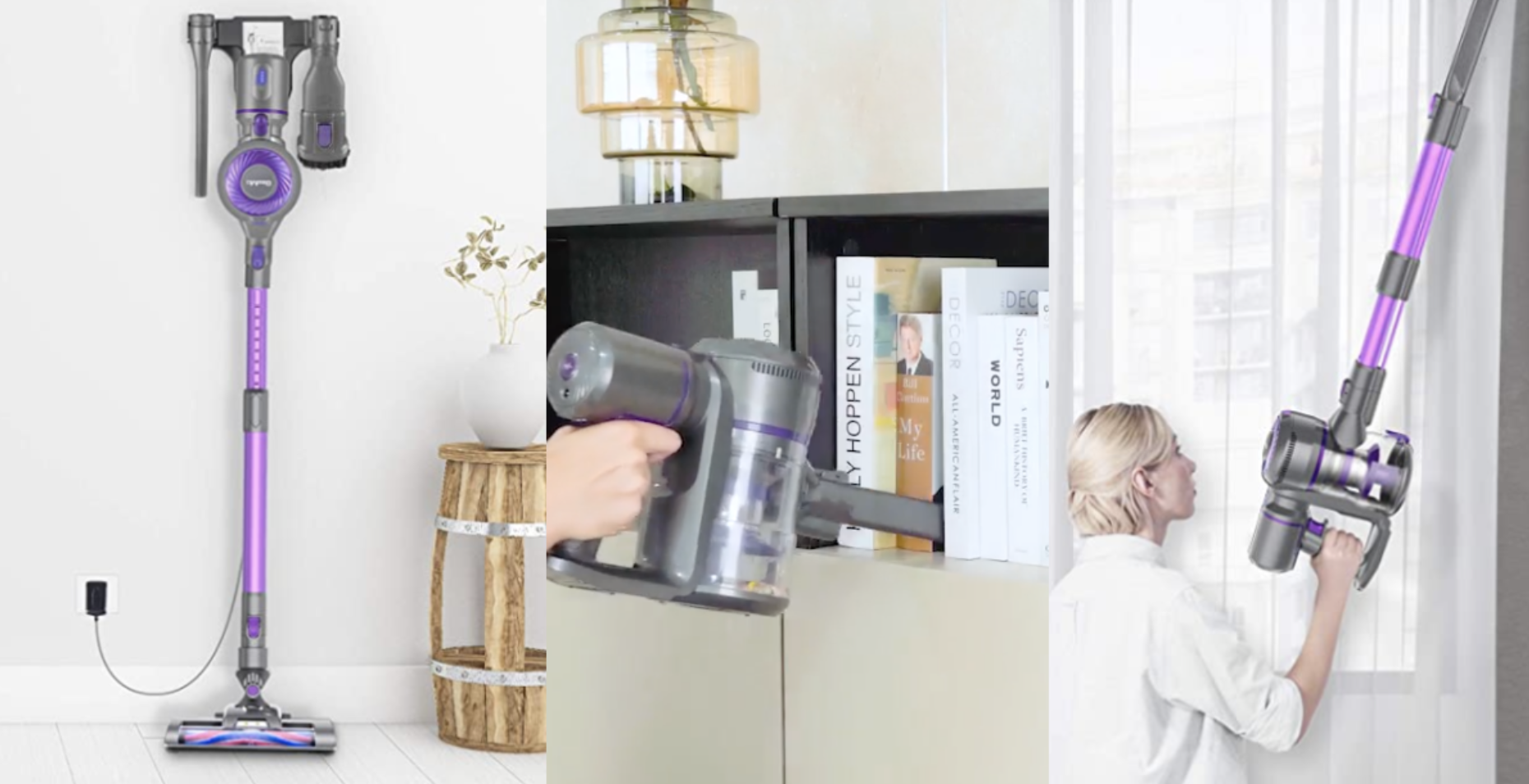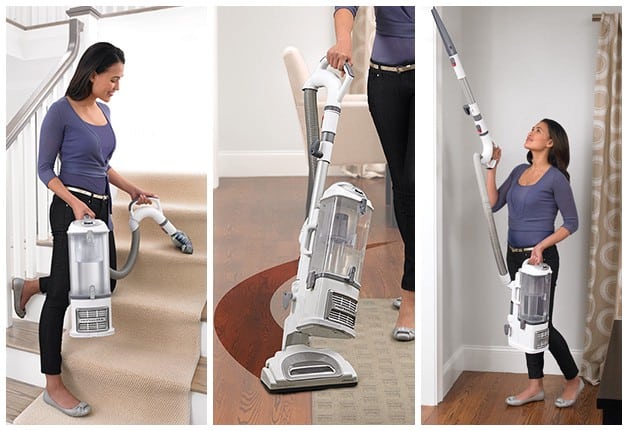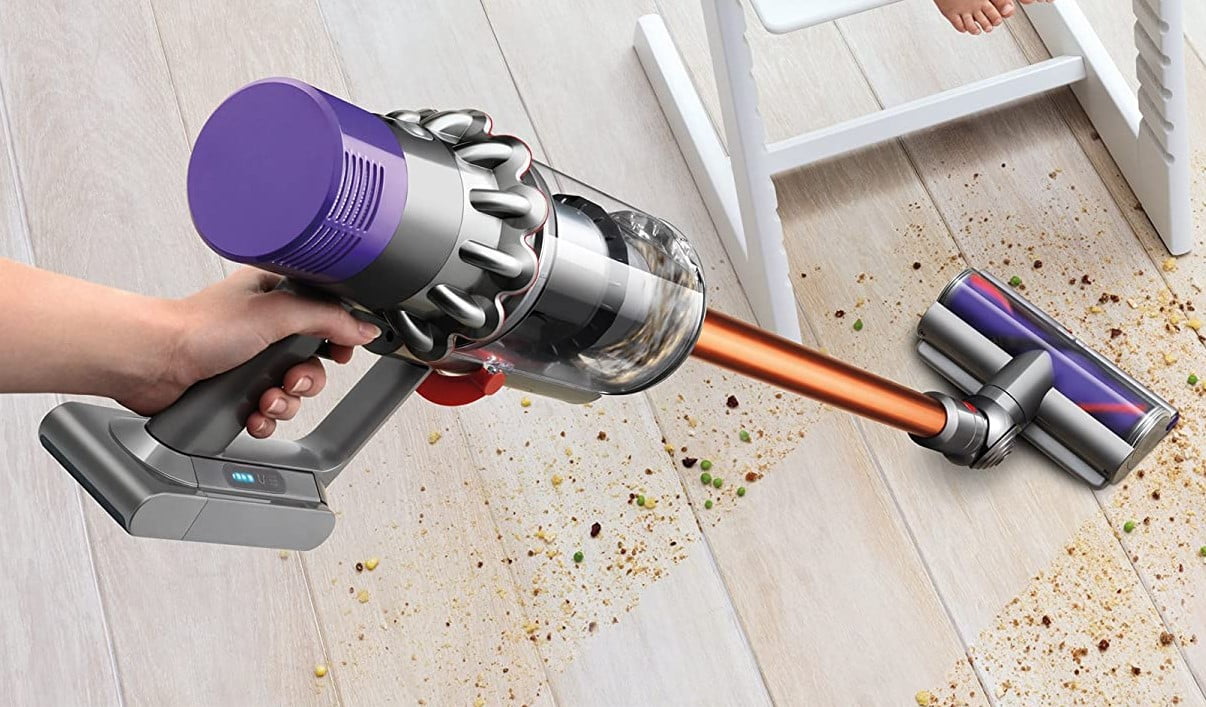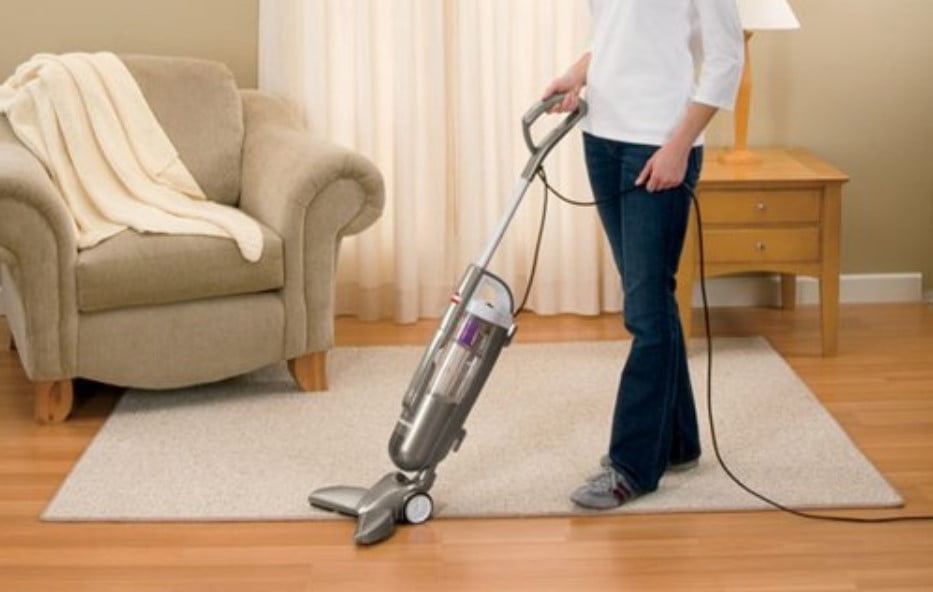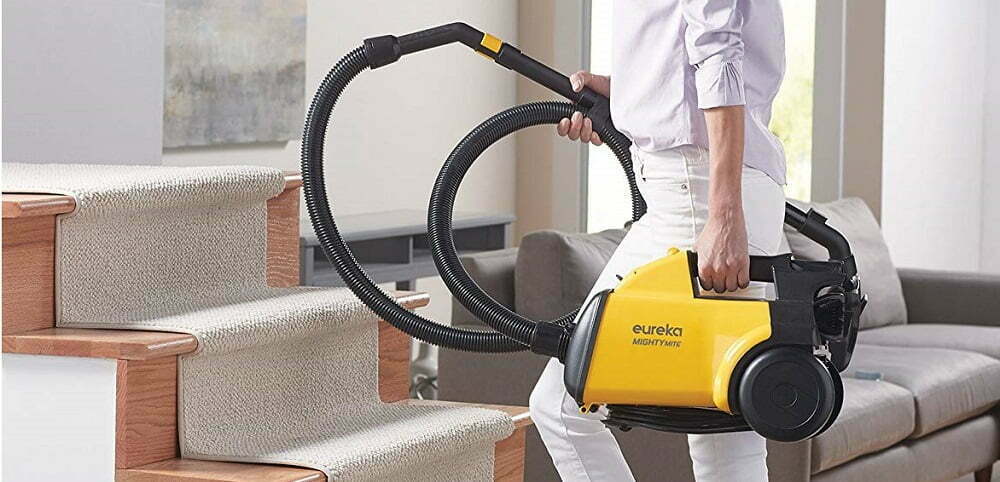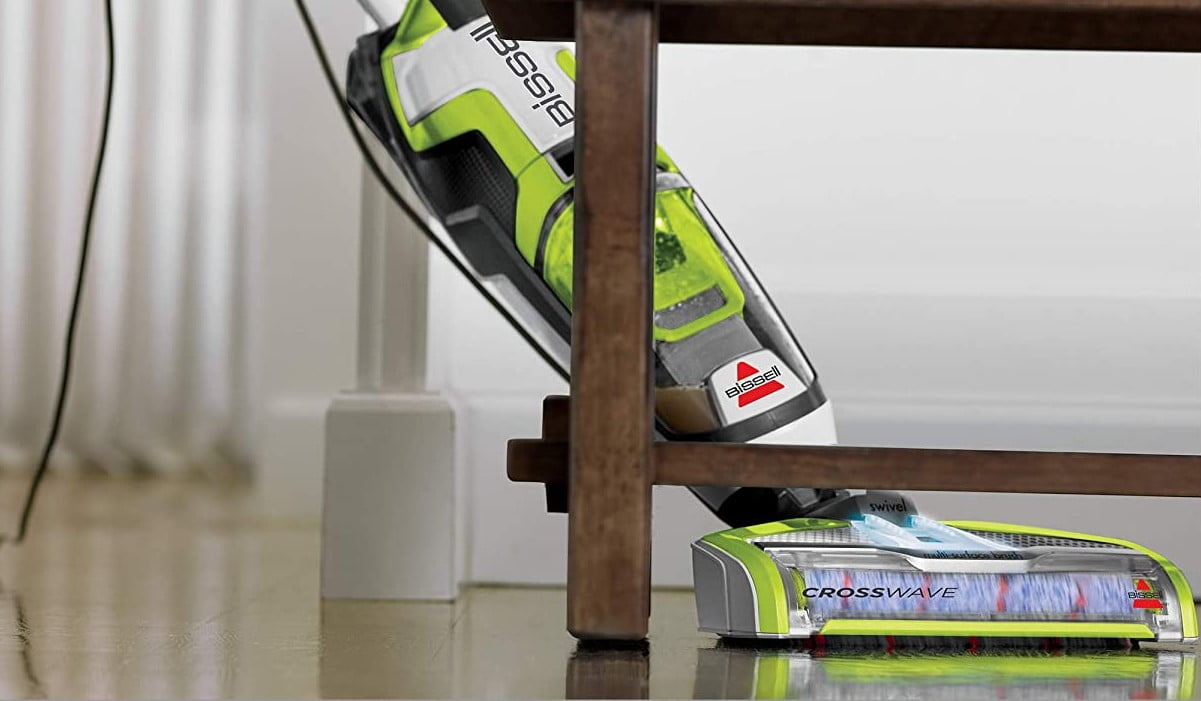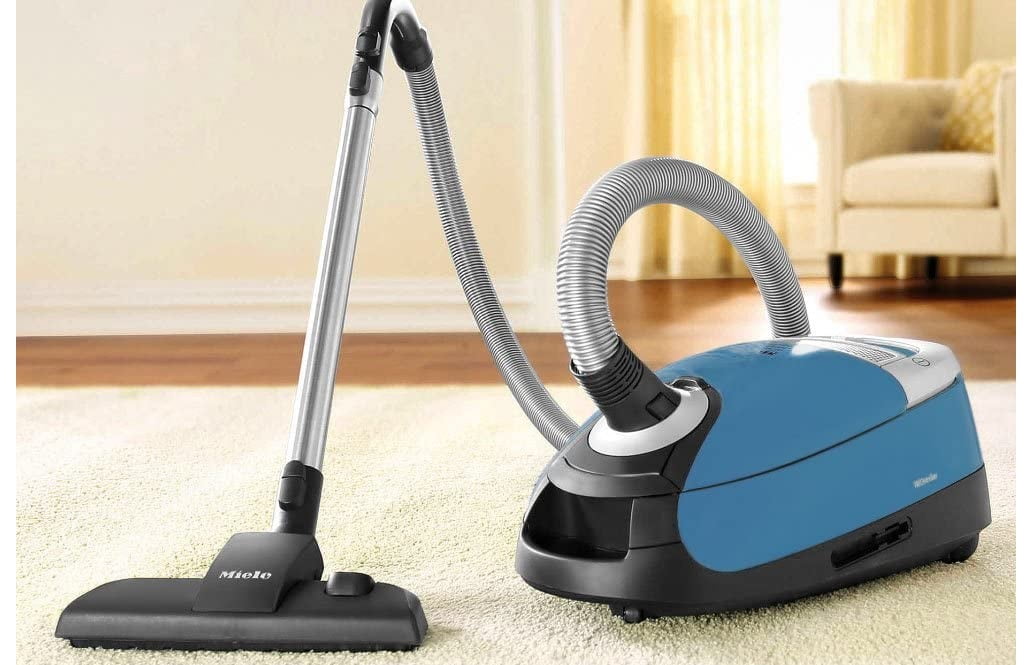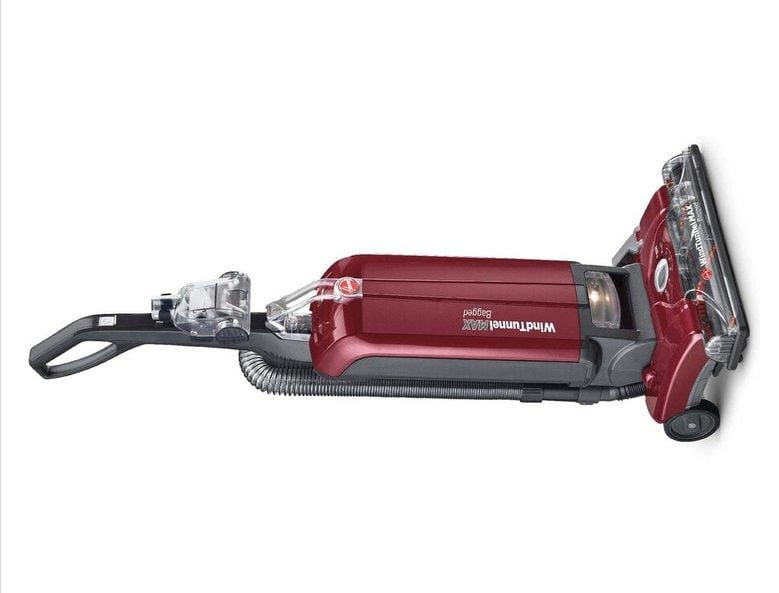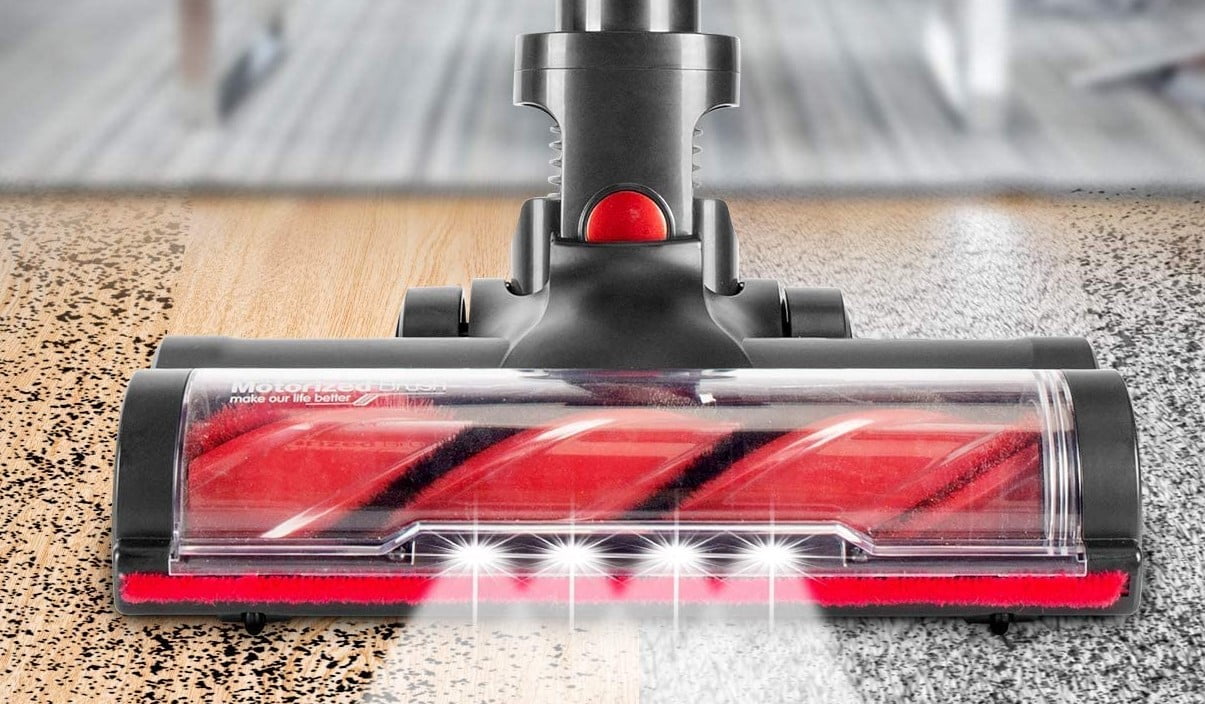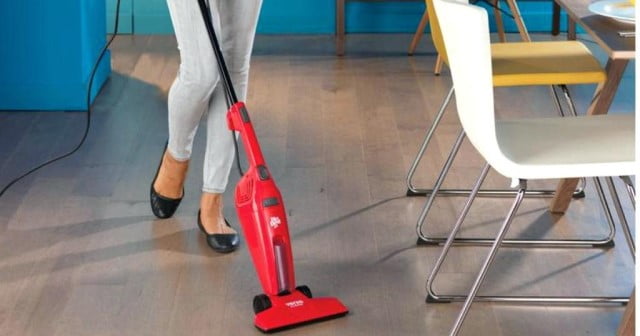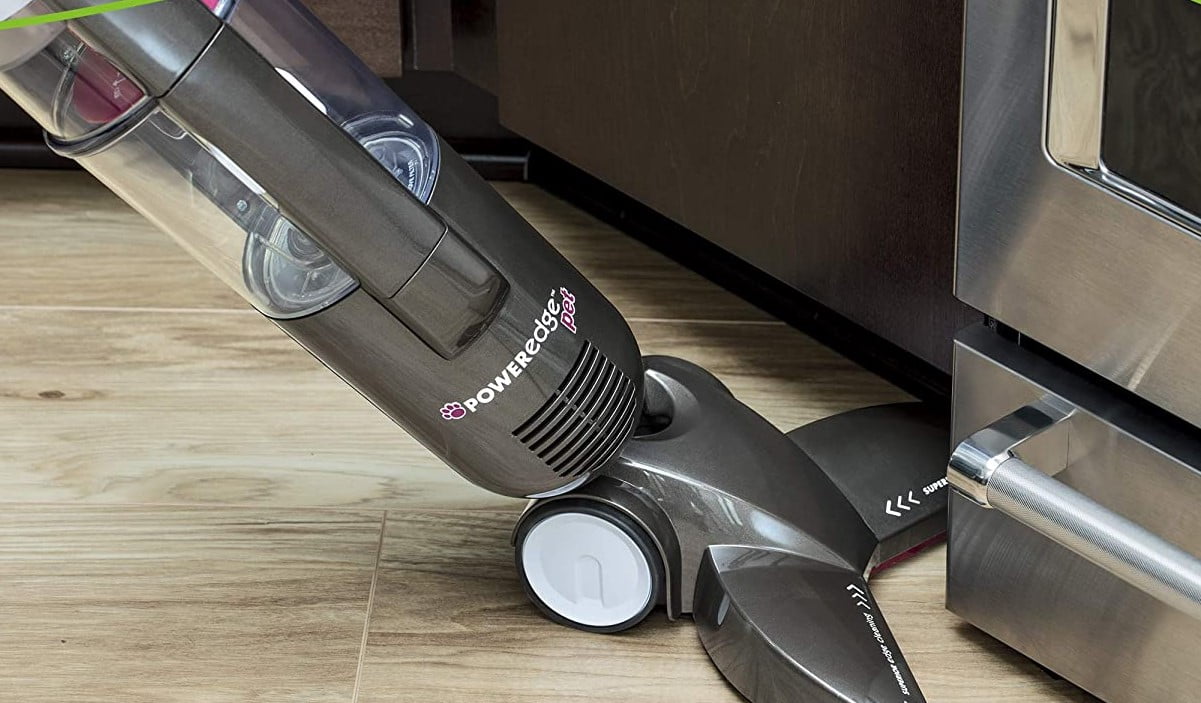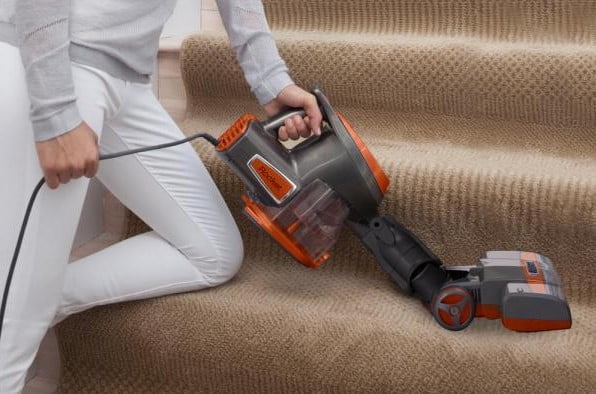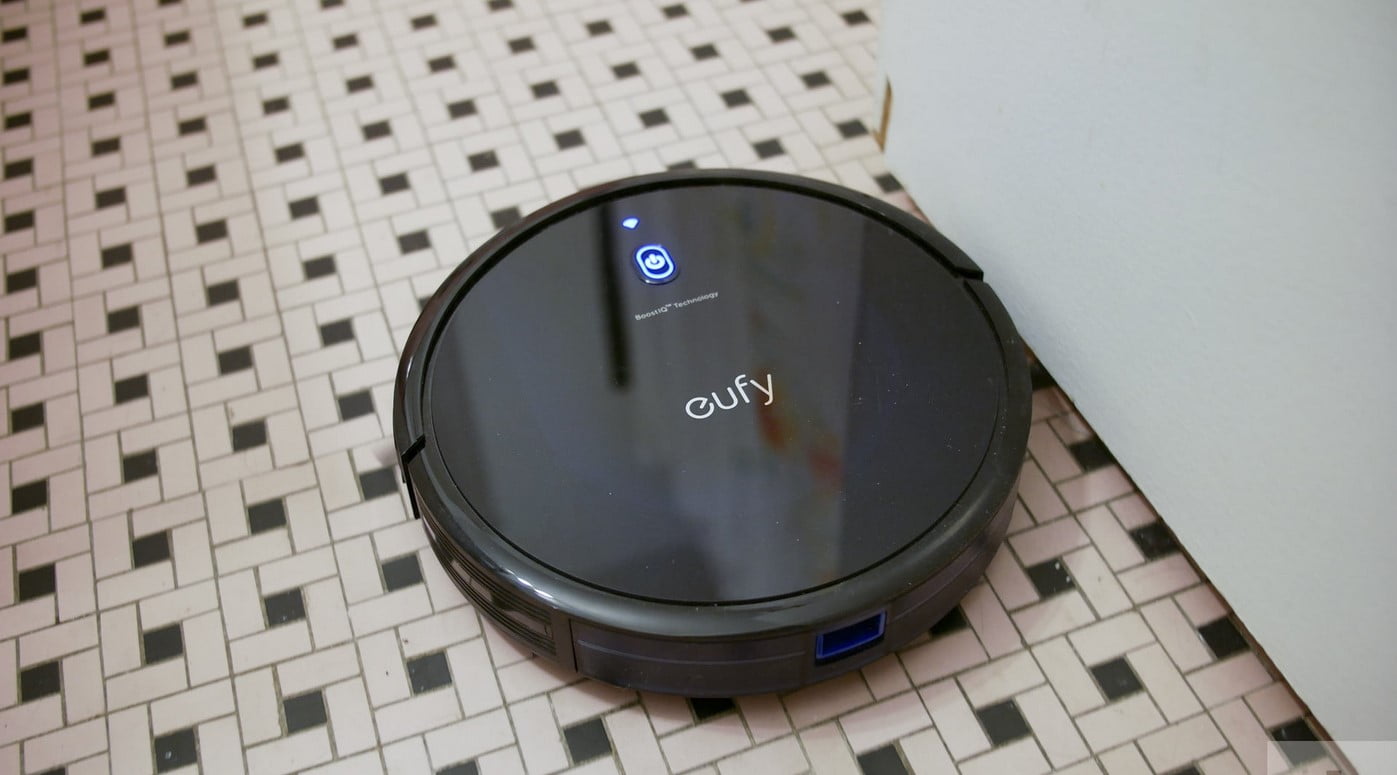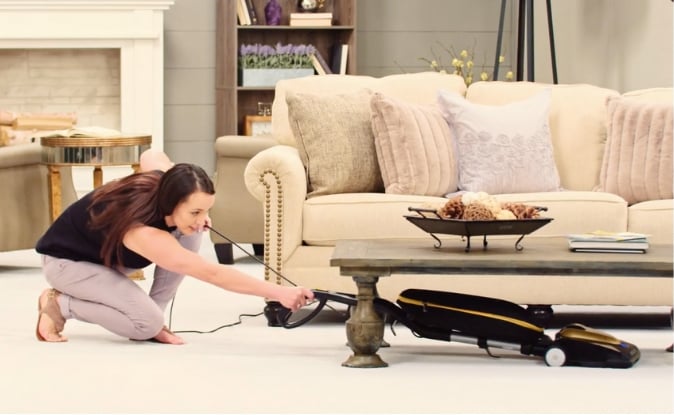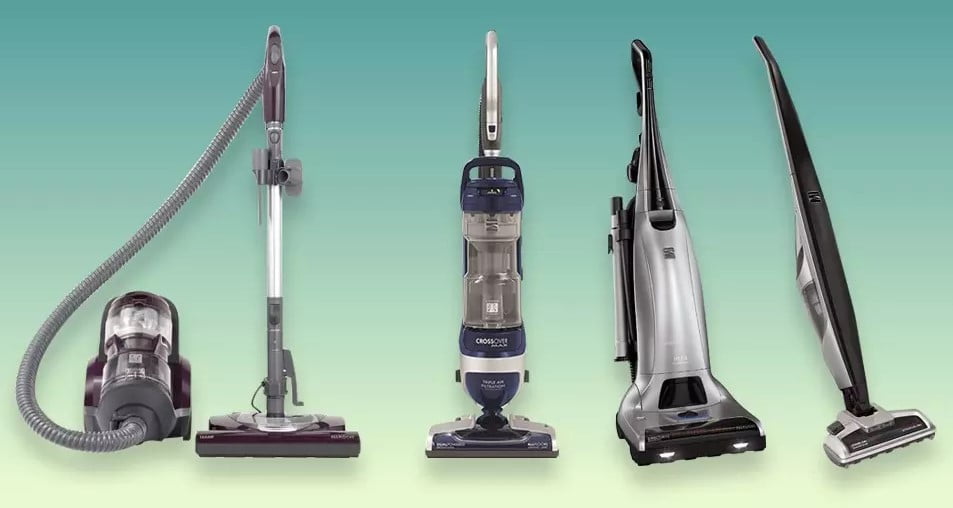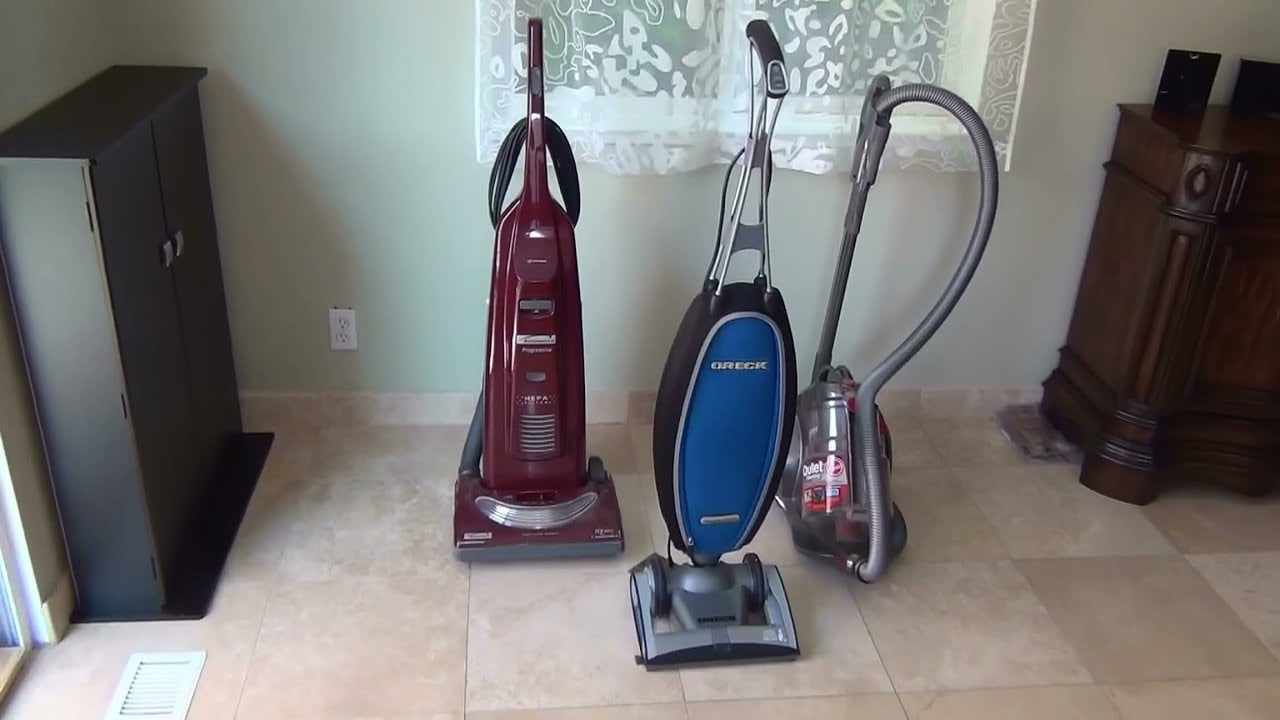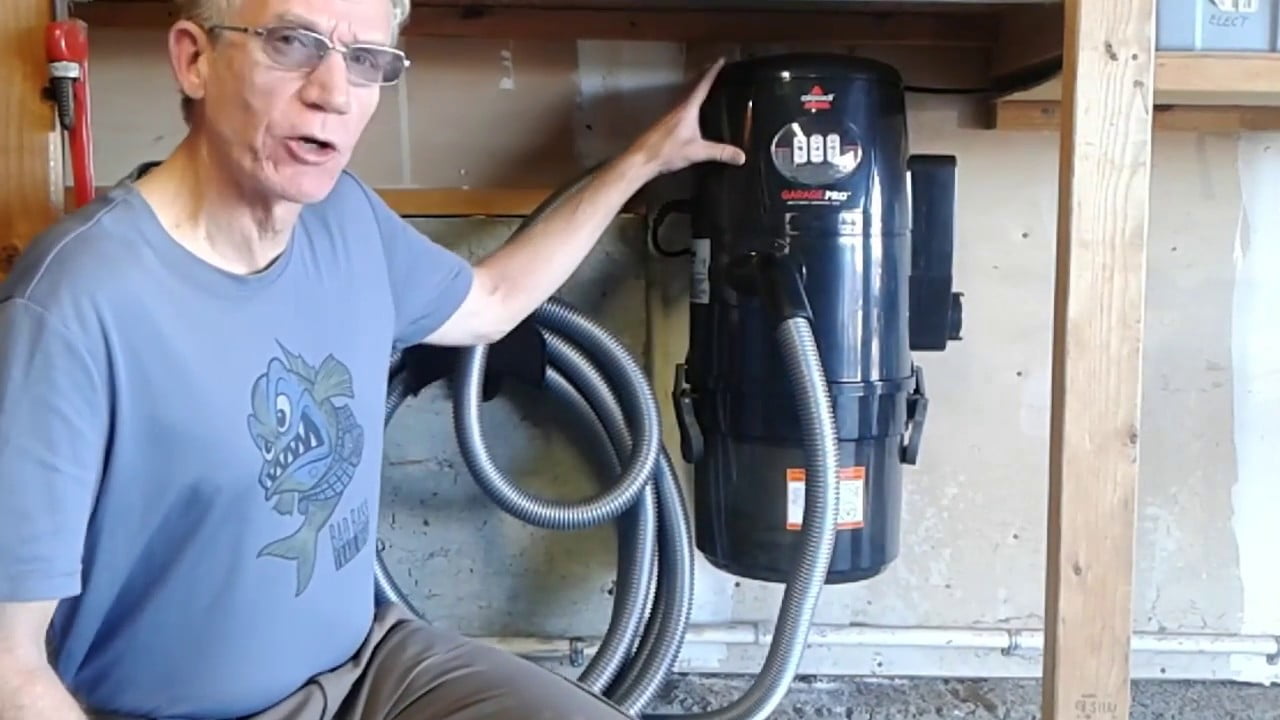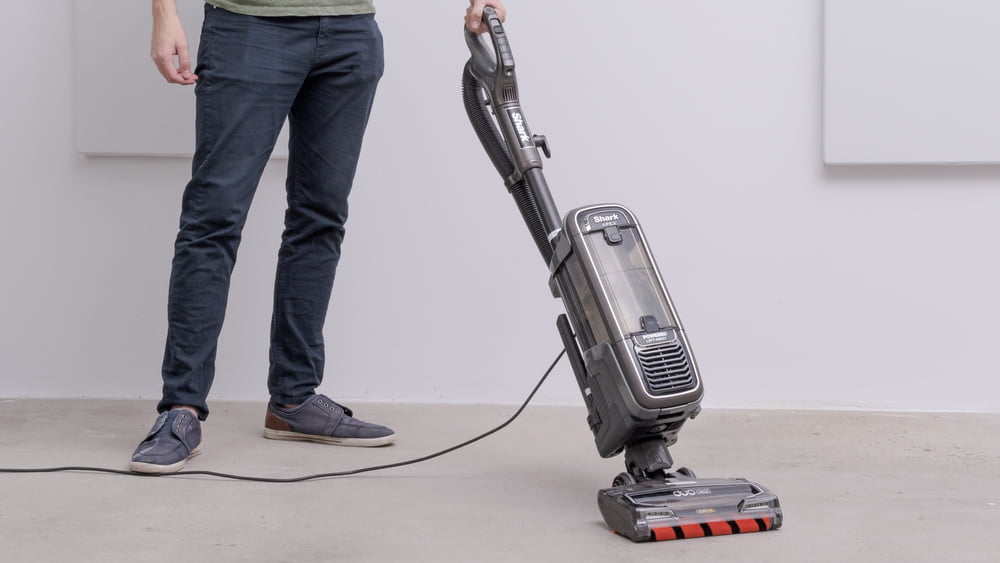Figuring out how to use a wet-dry vac for water can save the structural integrity of your house in a bad situation, turning potential water damages into just water stains. If used correctly, you might be able to avoid even the stains. Although, for effective stain removal, you’ll need to know how powerful your chosen vacuum cleaner is. Whether you’re looking to remove water from carpets or remove large quantities of water after your basement floods, a shop vac can be a huge help, especially if you invest in a top-performing vacuum.
KEY TAKEAWAYS:
- The process for using a wet-dry vac for water is a lot easier than you think, and getting your shop vac set up takes as little as five minutes.
- You should permanently remove the air filter because it can become a breeding ground for mildew and mold if it gets too wet.
- A water pump can be a great addition to your cleaning tools and can be bought separately to use with your shop vac.
Cleaning Up Liquids With a Wet Dry Vac
Let’s save you time and money by teaching you how to use a wet-dry vacuum for water. This simple process typically takes around 5 minutes or less, depending on the model and brand of your vac. Learning how a wet-dry vac works and how to use one is not much different from learning how to vacuum a carpet. So you can do this.
STEP 1 Get Your Wet Dry Vacuum Ready
There are a few different things to take care of before your vacuum is ready for cleaning up wet messes. You’ll want to do the following:
- Remove the filter and place it in a separate, safe place
- Empty your vacuum of any dry contents it might have
- If there is a dust bag, then remove that, too
STEP 2 Assess the Excess Water
Make sure that you’ll be able to clean up by figuring out how many inches of water you need to remove. If it’s multiple inches of water, you’ll want to get an estimate on water removal from a professional. This is the general rule of thumb:
- No more than 1 inch of water
- No more than 10 square feet of area
step 3 Attach Your Pump and Hose
How you do this will vary from vacuum to vacuum. Look at your instruction manual to figure out how your vacuum works. It’s easy to learn how to use vacuum attachments.
STEP 4 Use Your Wet Dry Vacuum
Now that you’re all set up and know that you can handle the quantities of water necessary, it’s time to get down to business. You’re ready to save yourself from any potential water damage.
STEP 5 Empty and Clean the Wet Tank
After you’ve finished up getting every bit of water cleaned up, it’s time to clean up. Always make sure to empty and clean the tank to avoid mold or mildew growing. This is extra important if you’re vacuuming up something like milk or juice since they can spoil and ruin collection tanks.
Figuring out how to use a wet-dry vac for water can save the structural integrity of your house in a bad situation, turning potential water damages into just water stains. If used correctly, you might be able to avoid even the stains. Whether you’re looking to remove water from carpets or remove large quantities of water after your basement floods, a shop vac can be a huge help, especially if you invest in a top-performing vacuum like you’ll see in our Gtech AirRam review.
Cleaning Up Liquids With a Wet Dry Vac
Let’s save you time and money by teaching you how to use a wet-dry vacuum for water. This simple process typically takes around 5 minutes or less, depending on the model and brand of your vac. Learning how to use a wet vac is not much different from learning how to vacuum a carpet. So you can do this.
STEP 1 Get Your Wet Dry Vacuum Ready
There are a few different things to take care of before your vacuum is ready for cleaning up wet messes. You’ll want to do the following:
- Remove the filter and place it in a separate, safe place
- Empty your vacuum of any dry contents it might have
- If there is a dust bag, then remove that, too
STEP 2 Assess the Excess Water
Make sure that you’ll be able to clean up by figuring out how many inches of water you need to remove. If it’s multiple inches of water, you’ll want to get an estimate on water removal from a professional. This is the general rule of thumb:
- No more than 1 inch of water
- No more than 10 square feet of area
STEP 3 Attach Your Pump and Hose
How you do this will vary from vacuum to vacuum. Look at your instruction manual to figure out how your vacuum works. It’s easy to learn how to use vacuum attachments.
STEP 4 Use Your Wet Dry Vacuum
Now that you’re all set up and know that you can handle the quantities of water necessary, it’s time to get down to business. You’re ready to save yourself from any potential water damage.
STEP 5 Empty and Clean the Wet Tank
After you’ve finished up getting every bit of water cleaned up, it’s time to clean up. Always make sure to empty and clean the tank to avoid mold or mildew growing. This is extra important if you’re vacuuming up something like milk or juice since they can spoil and ruin collection tanks.
F.A.Q.S
How to Use a Shop Vac for Water Damage?
Make sure that you clean up the water immediately. If a broken pipe caused the leak, focus on fixing that before anything else.
When to Use a Shop Vac to Remove Standing Water?
If the water is more significant than 10 square feet and deeper than an inch, then you won’t want to use a shop vacuum for the job. Anything under that will be fine.
Is a shop vac more powerful than a regular vacuum?
There is some cross-over between low-end shop vacuums and a high-end regular vacuum. In general, yes, shop vacuums are more powerful. It’s just not always this case.
Is a shop vac the same as a wet/dry vac?
For the most part, yes, they are the same. Keep in mind that not all shop vacuums will handle water, however, so there is a minor difference in a few cases.
STAT: On average this robotic cleaner picked up a greater amount of sand (36%) across low-pile carpet and rugs than the Roomba did. (source)

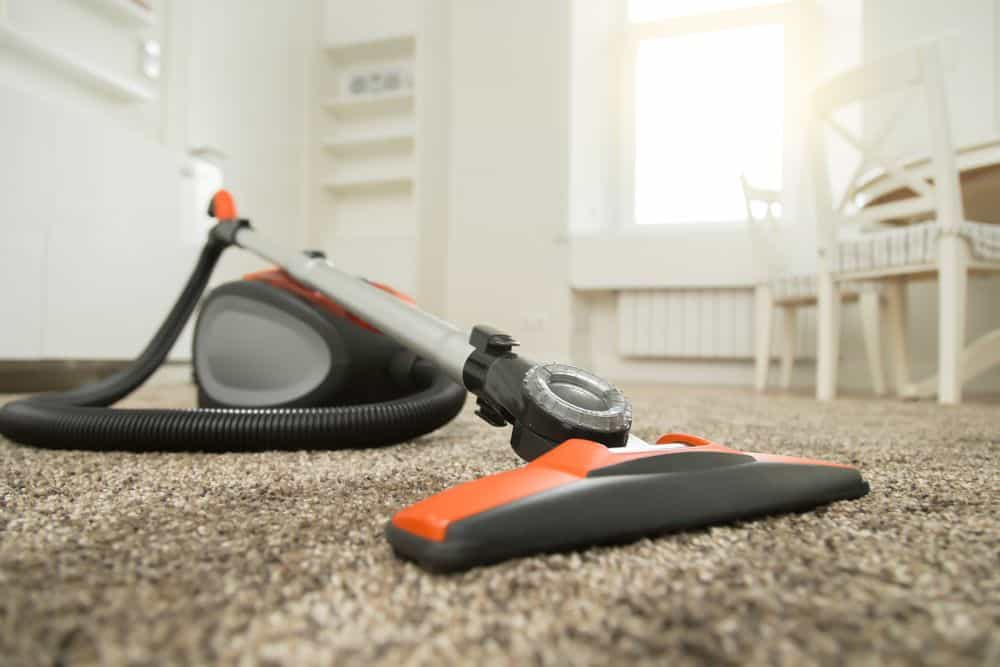














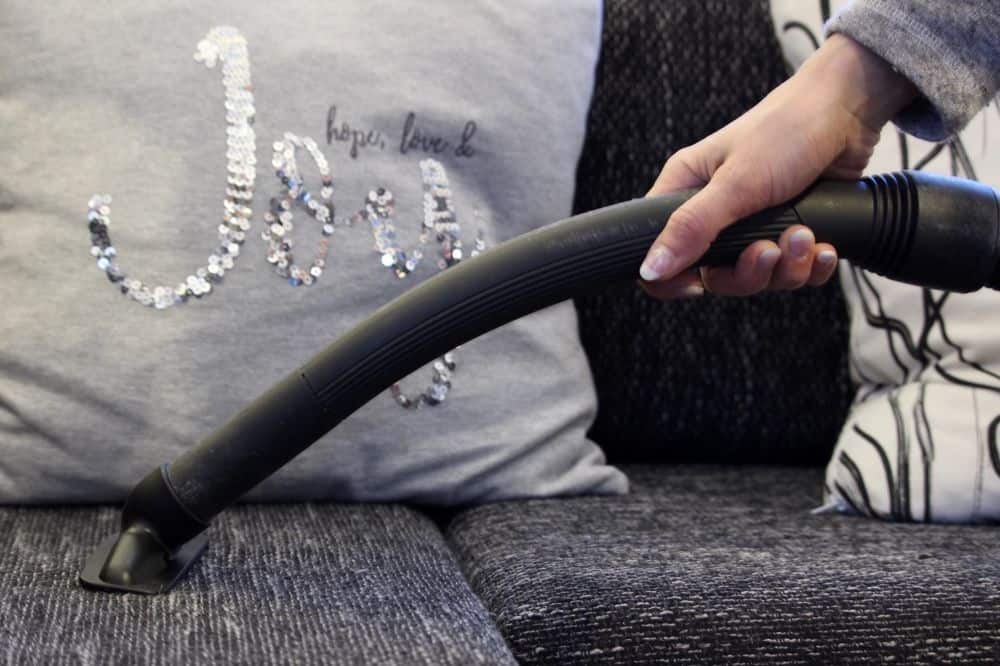
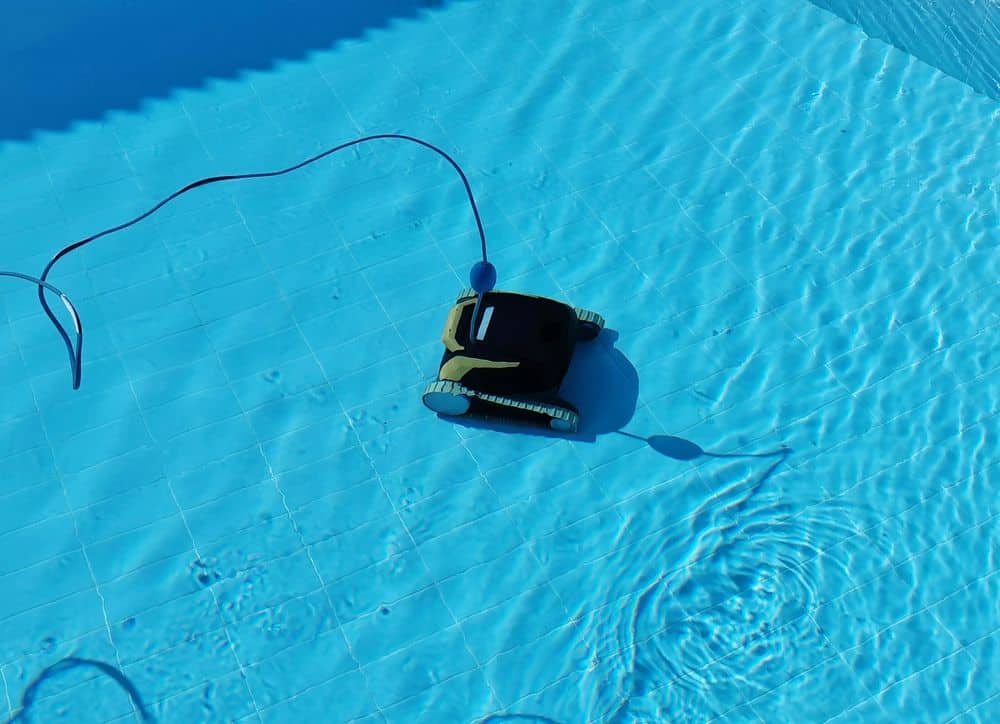
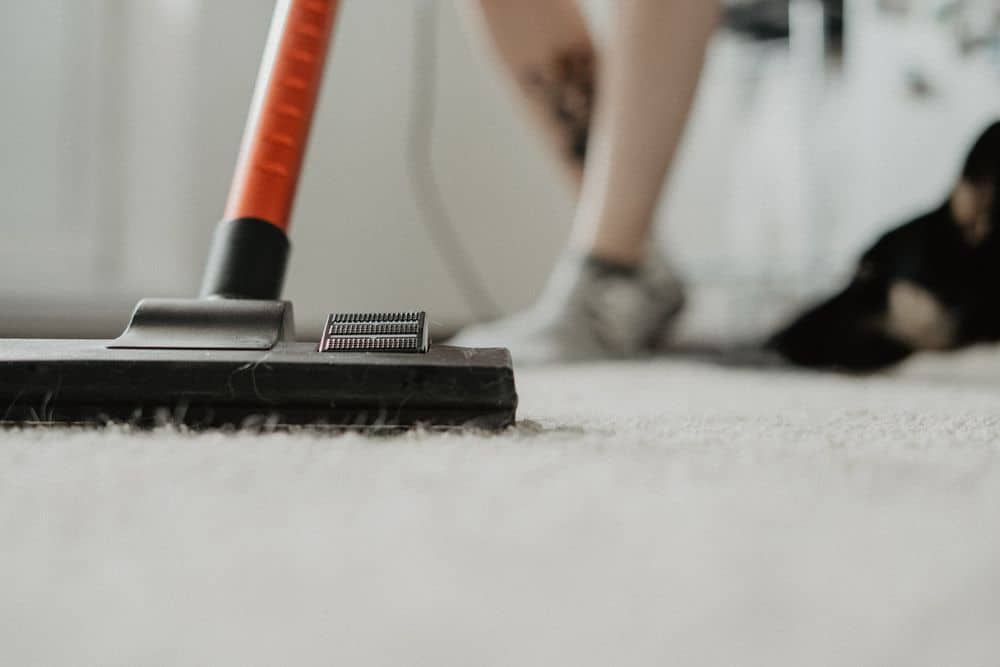
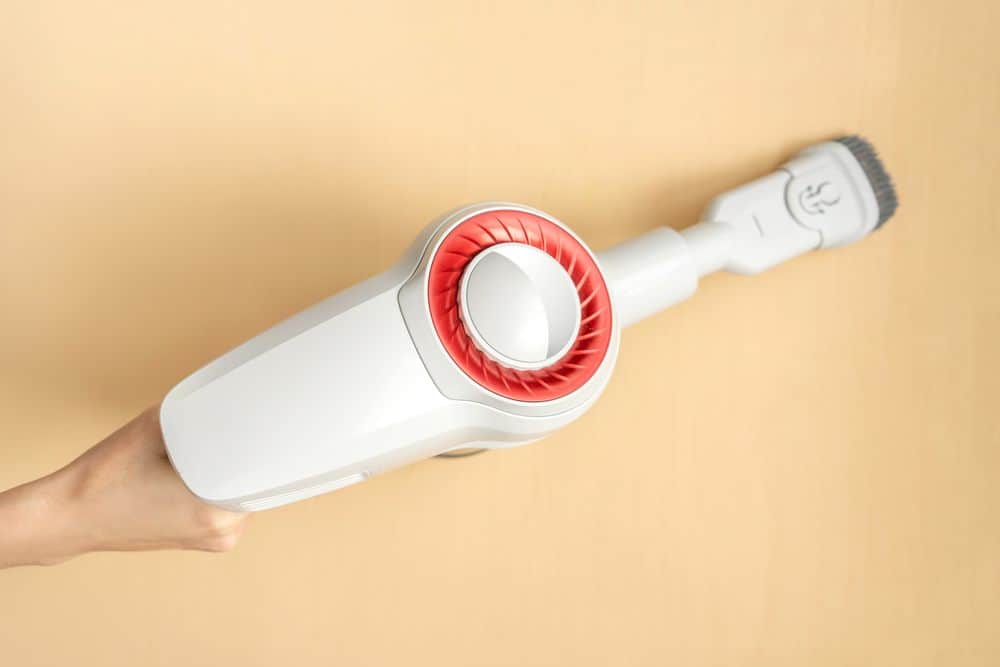
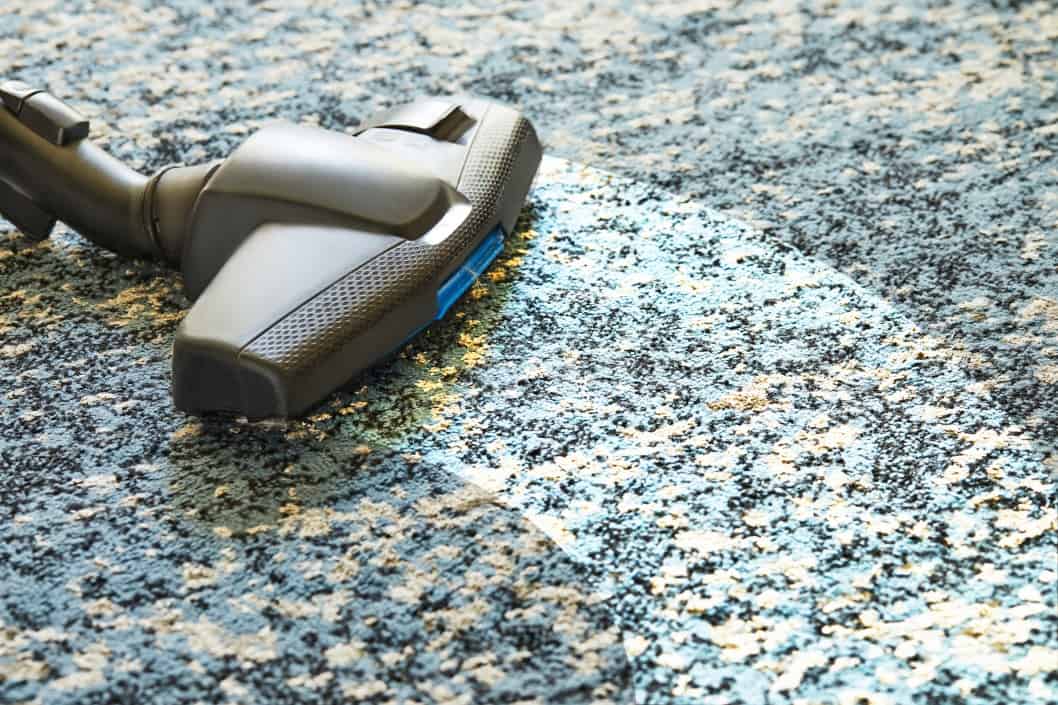
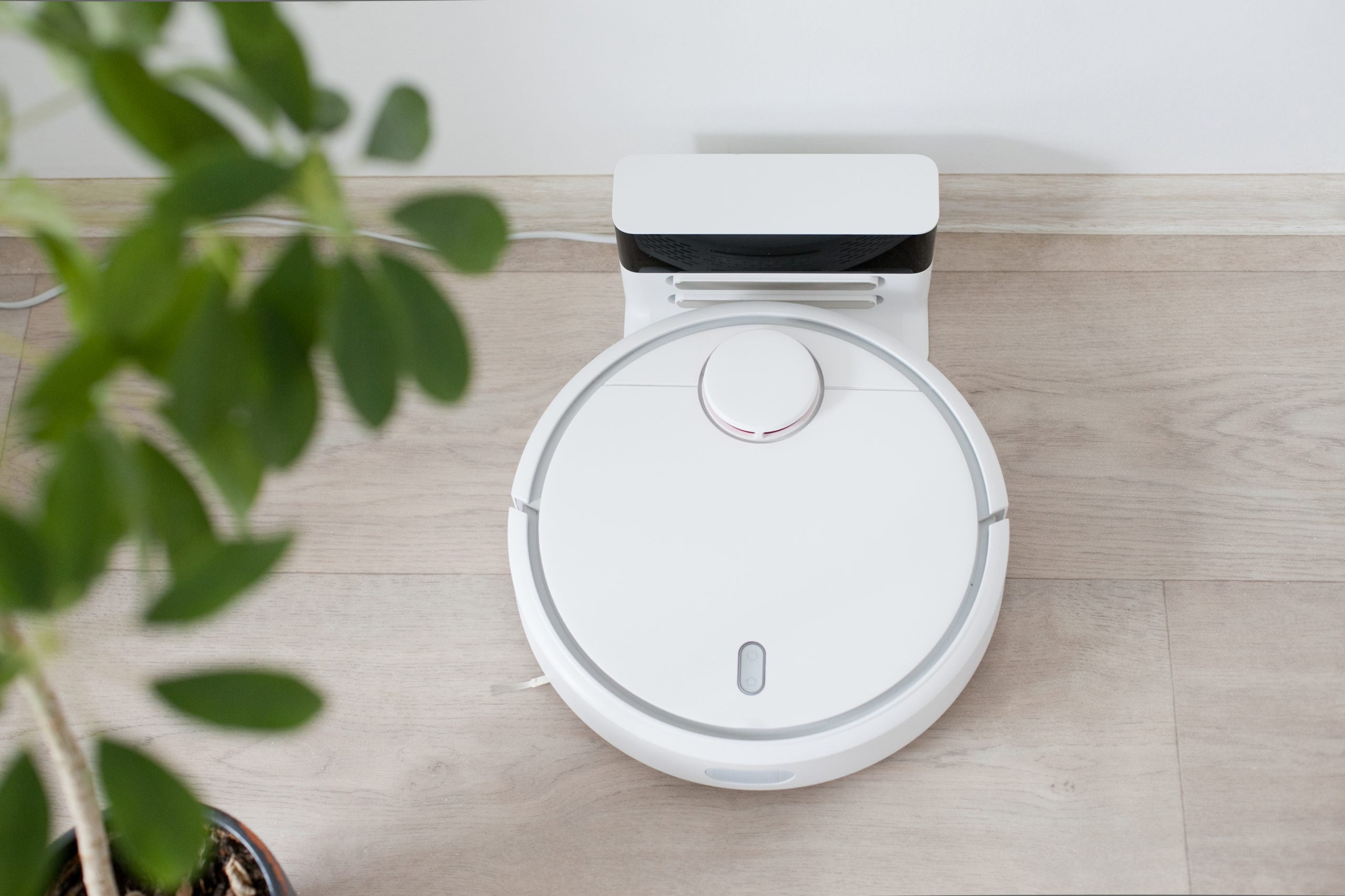
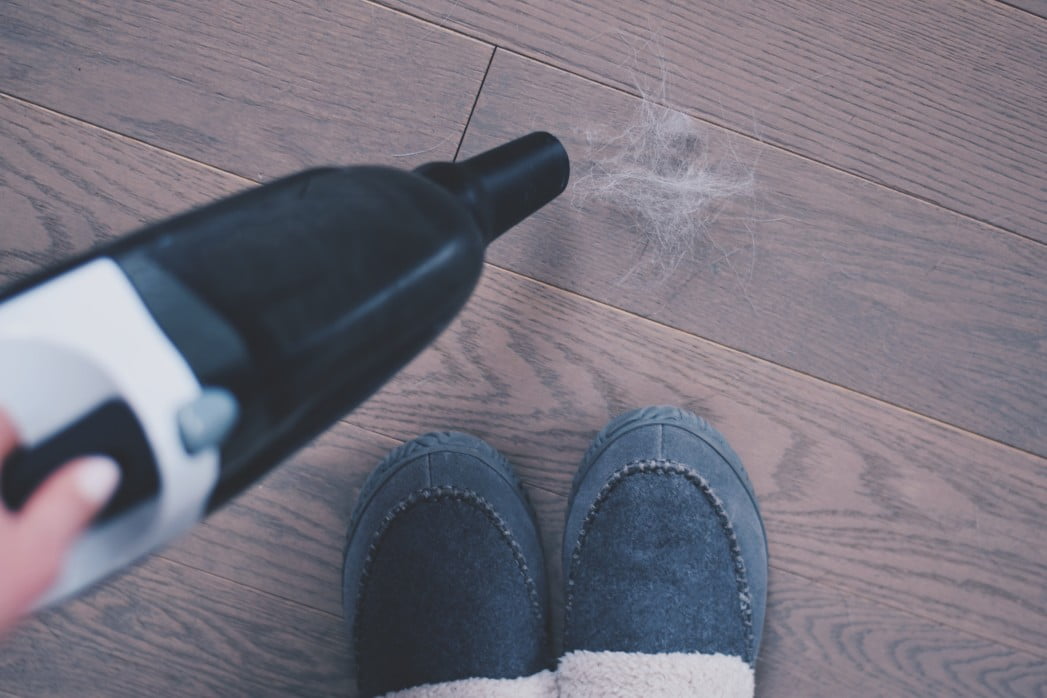
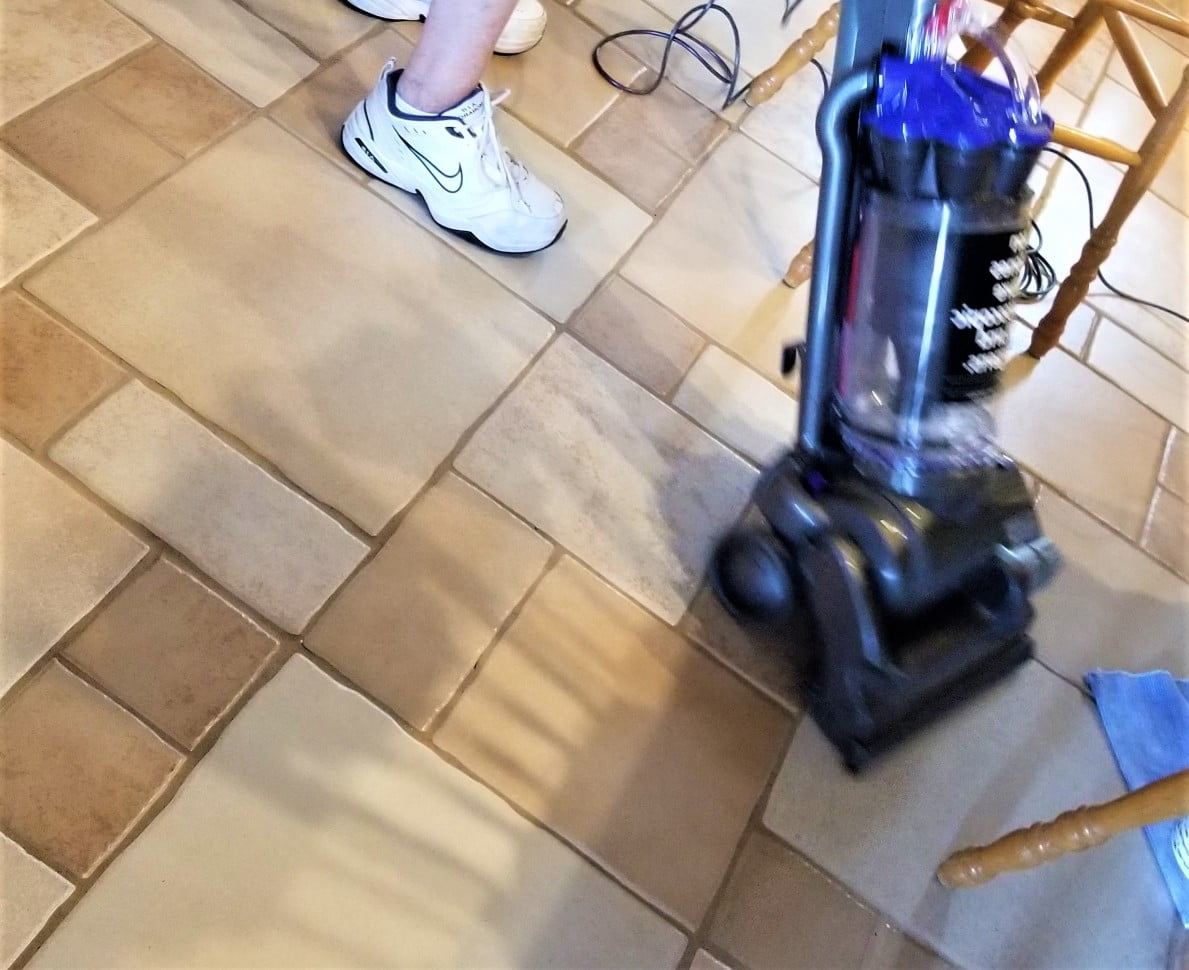
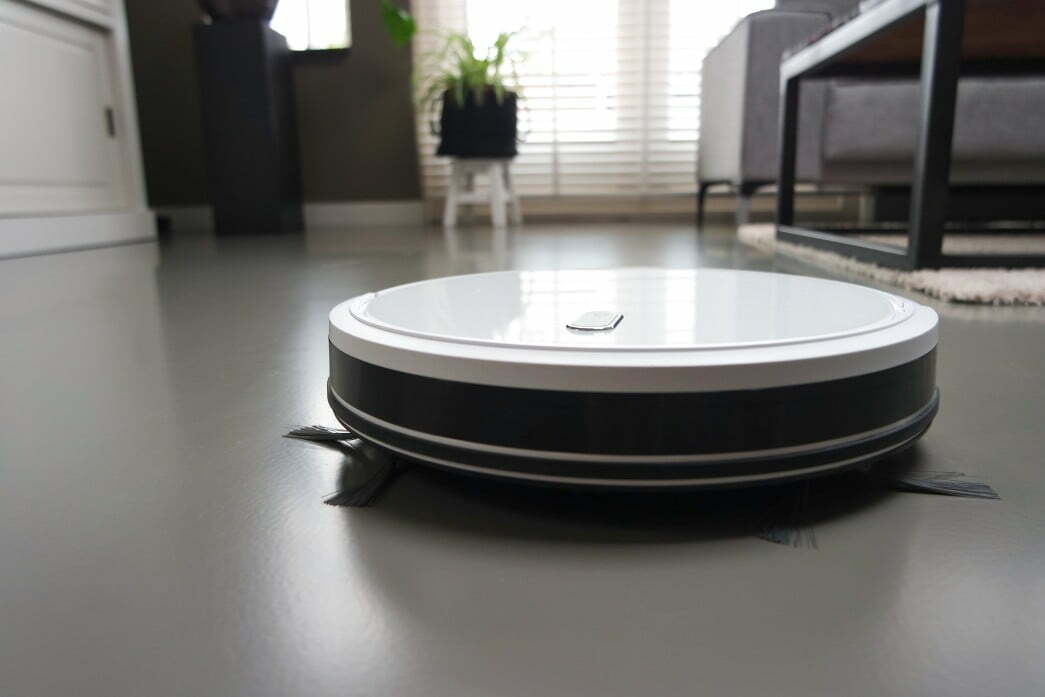
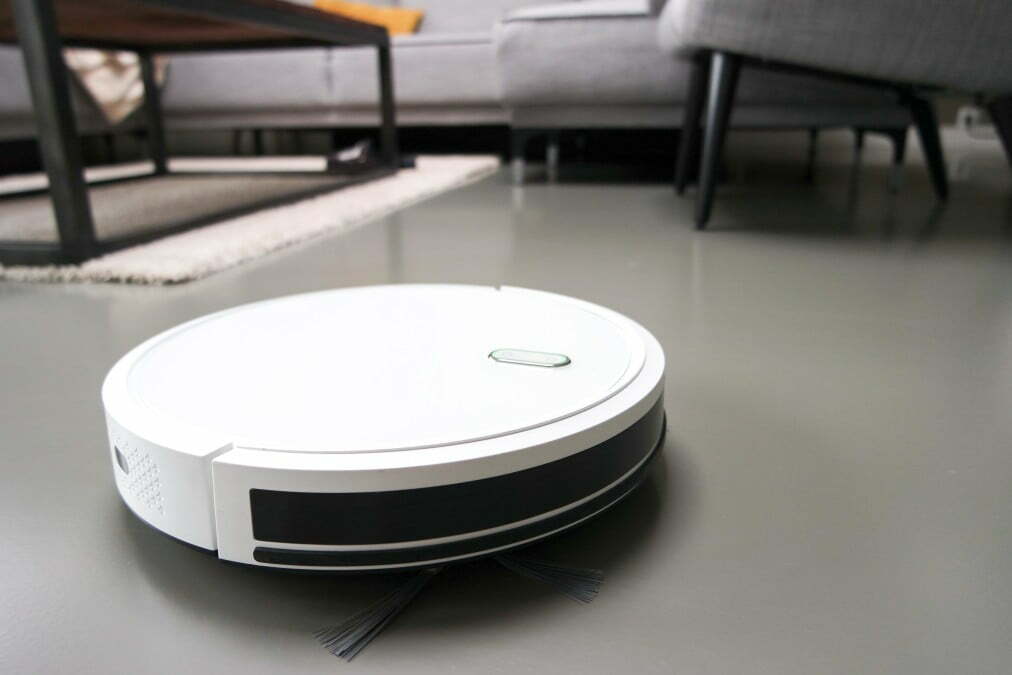
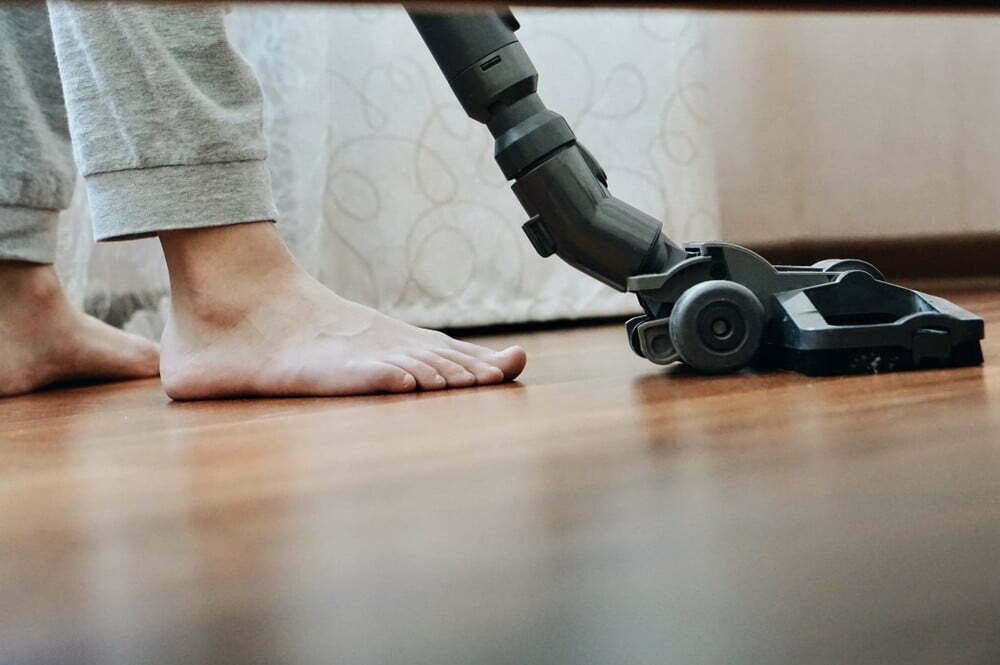
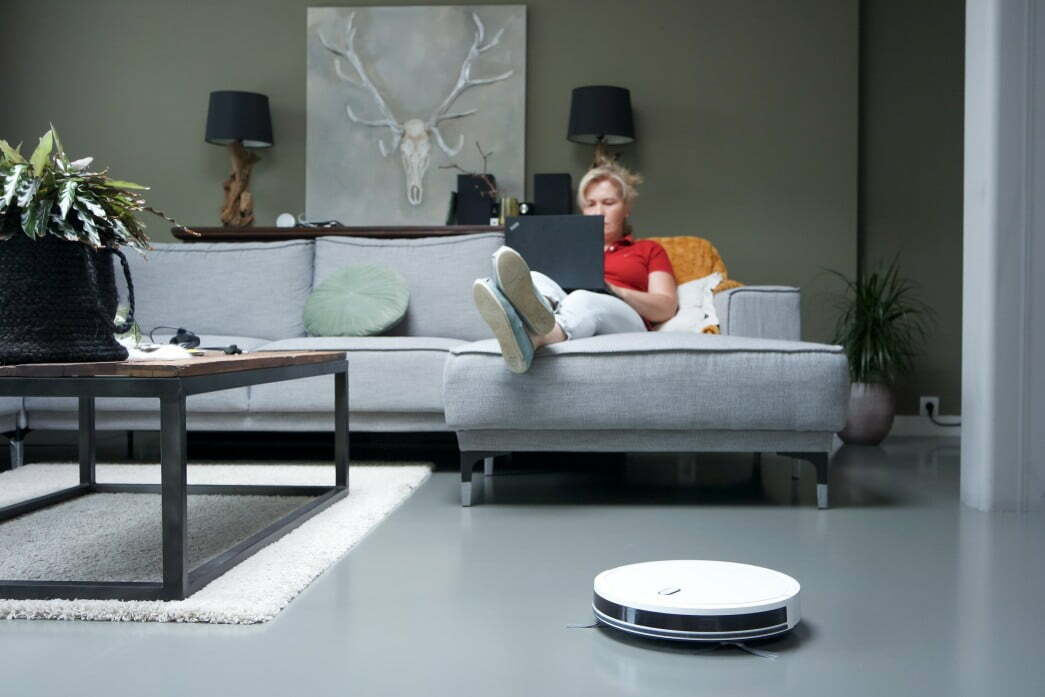
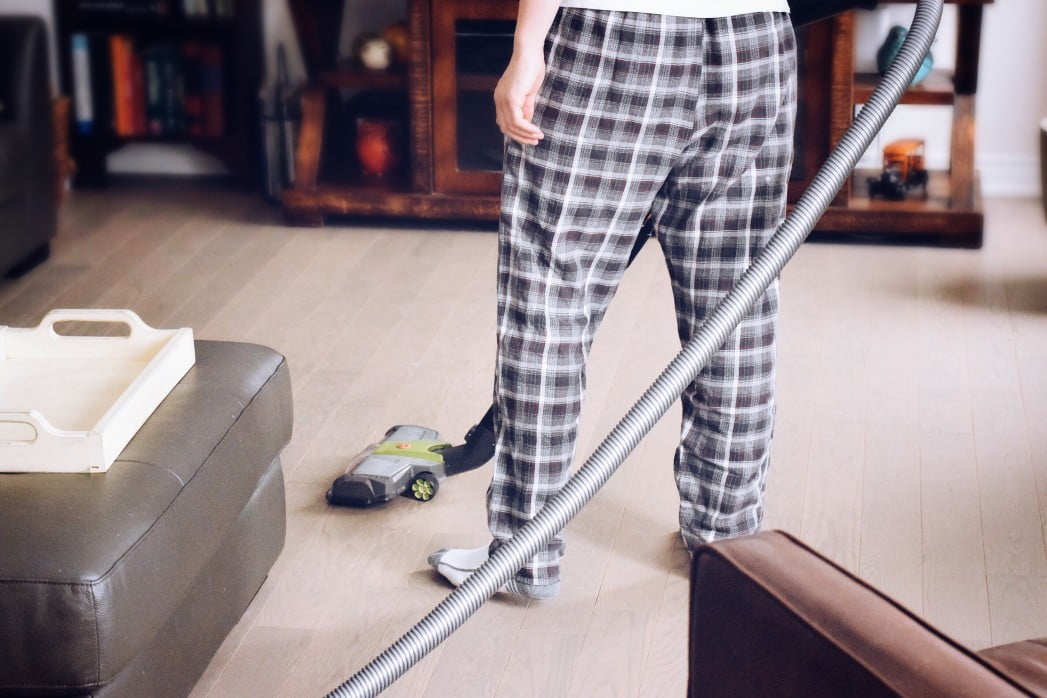
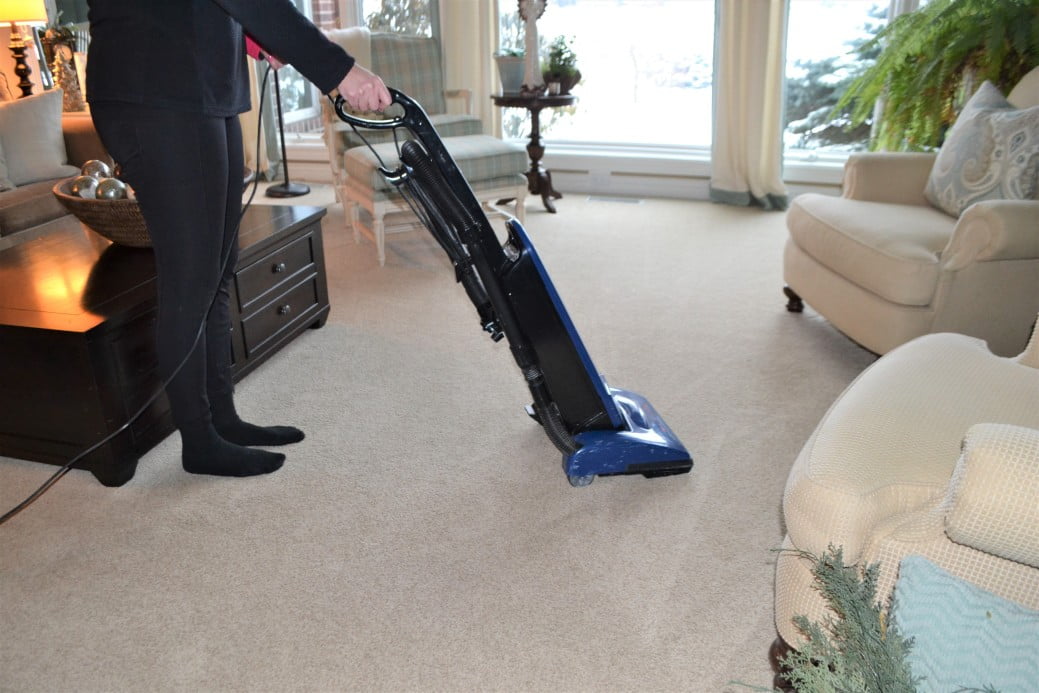
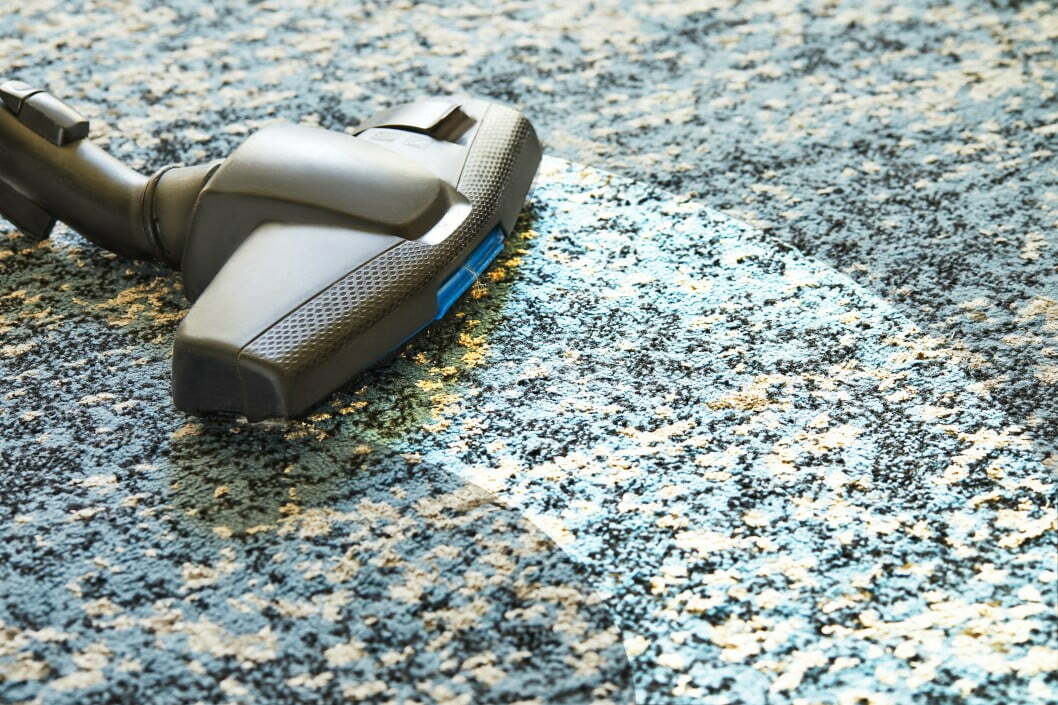
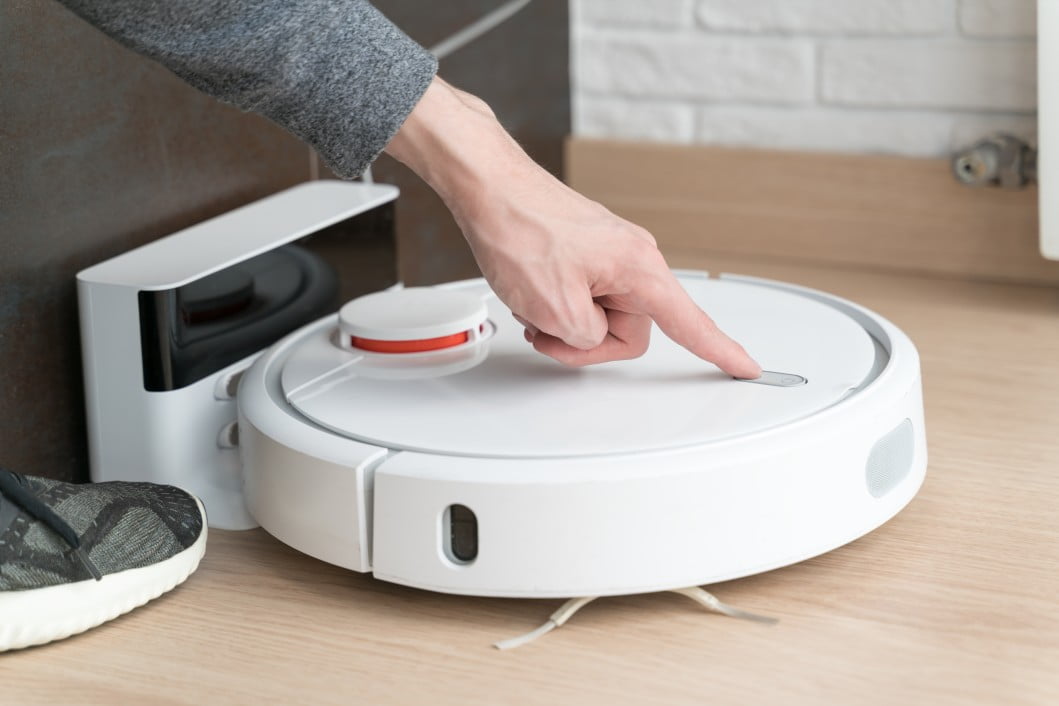
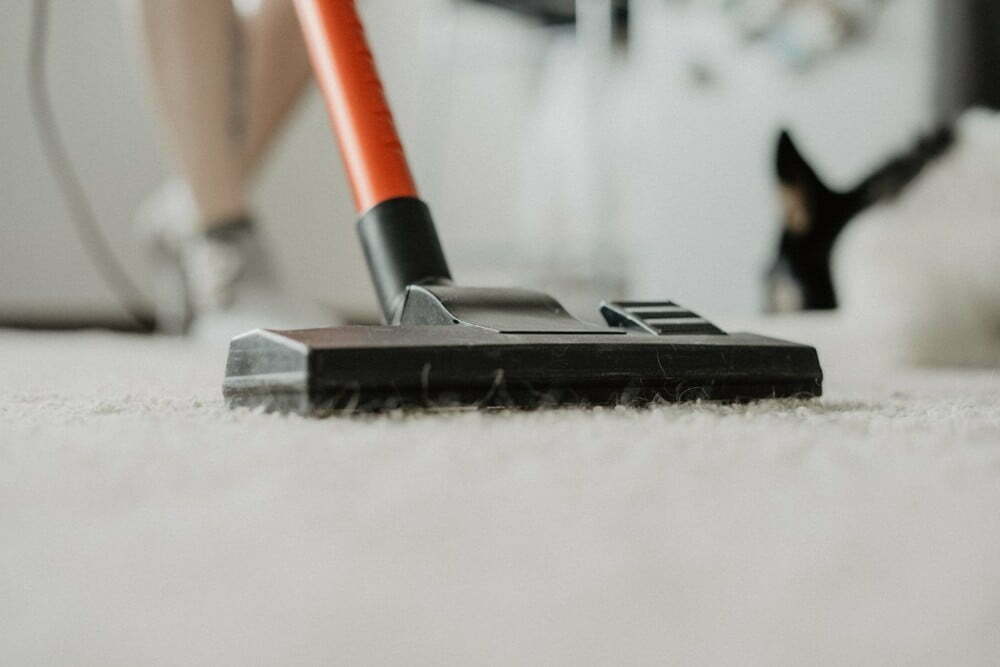
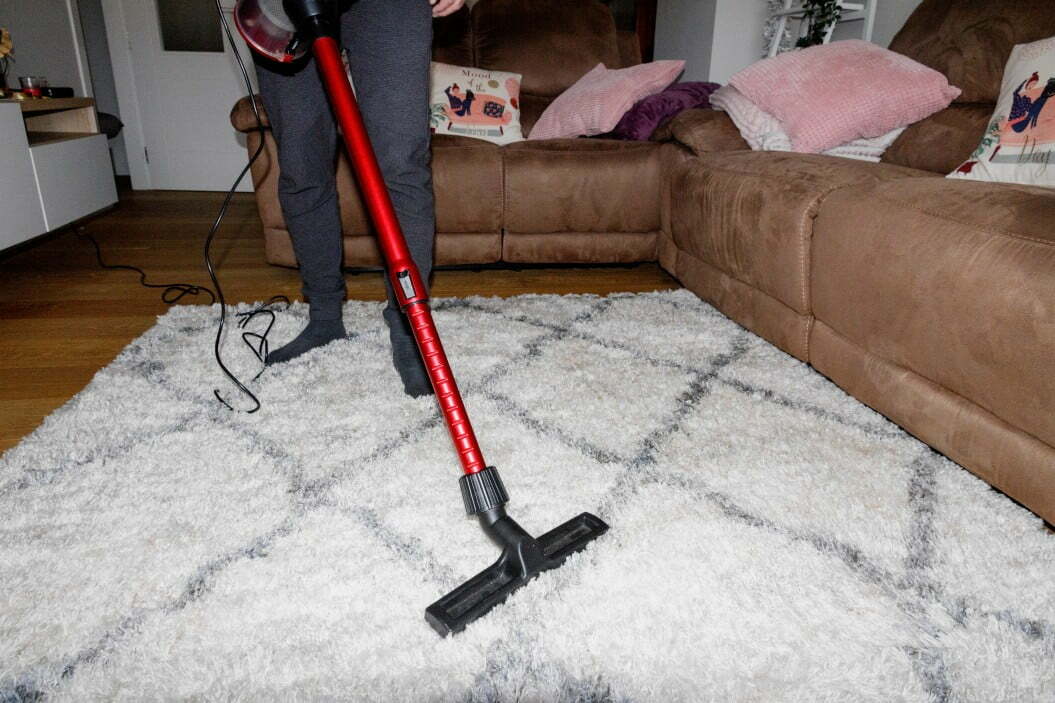
![Best Bissell Vacuum in [year] 27 Best Bissell Vacuum in 2026](https://www.gadgetreview.dev/wp-content/uploads/best-bissel-vacuum-image.jpg)
![Best Miele Vacuums in [year] 28 Best Miele Vacuums in 2026](https://www.gadgetreview.dev/wp-content/uploads/best-miele-vacuum-image.jpg)
![Best iRobot Vacuums in [year] 29 Best iRobot Vacuums in 2026](https://www.gadgetreview.dev/wp-content/uploads/best-irobot-vacuum-image.jpg)
![Best Vacuum with Retractable Cord in [year] 30 Best Vacuum with Retractable Cord in 2026](https://www.gadgetreview.dev/wp-content/uploads/best-vacuum-with-retractable-cord-image.jpg)
![Best Insurance for Home Appliances in [year] 31 Best Insurance for Home Appliances in 2026](https://www.gadgetreview.dev/wp-content/uploads/best-insurance-for-home-appliances.jpg)
![Best Insurance for Homeowners in [year] 32 Best Insurance for Homeowners in 2026](https://www.gadgetreview.dev/wp-content/uploads/best-insurance-for-homeowners.jpg)
![Best Self Propelled Vacuums in [year] 33 Best Self Propelled Vacuums in 2026](https://www.gadgetreview.dev/wp-content/uploads/best-self-propelled-vacuum-image.jpg)
![Best Commercial Leaf Vacuums in [year] 34 Best Commercial Leaf Vacuums in 2026](https://www.gadgetreview.dev/wp-content/uploads/best-commercial-leaf-vacuum-image.jpg)
![Best Vacuums for Cat Litter in [year] 35 Best Vacuums for Cat Litter in 2026](https://www.gadgetreview.dev/wp-content/uploads/best-vacuum-for-cat-litter-image.jpg)
![Best Robot Vacuums for Long Hair in [year] 36 Best Robot Vacuums for Long Hair in 2026](https://www.gadgetreview.dev/wp-content/uploads/best-robot-vacuum-for-long-hair-image.jpg)
![Best Dyson Vacuum in [year] ([month] Reviews) 37 Best Dyson Vacuum in 2026 (January Reviews)](https://www.gadgetreview.dev/wp-content/uploads/Dyson-DC65-e1479509572460.jpg)
![Best Dorm Vacuums in [year] 38 Best Dorm Vacuums in 2026](https://www.gadgetreview.dev/wp-content/uploads/best-dorm-vacuum-image.jpg)
![Best Vacuums for Fleas in [year] 39 Best Vacuums for Fleas in 2026](https://www.gadgetreview.dev/wp-content/uploads/best-vacuum-for-fleas-imagre.jpg)
![Best Robot Vacuum for Thick Carpet in [year] 40 Best Robot Vacuum for Thick Carpet in 2026](https://www.gadgetreview.dev/wp-content/uploads/roomba.jpg)
![Best RV Vacuums in [year] 41 Best RV Vacuums in 2026](https://www.gadgetreview.dev/wp-content/uploads/best-rv-vacuum-image.jpg)
![Best Vacuums for Apartment in [year] 42 Best Vacuums for Apartment in 2026](https://www.gadgetreview.dev/wp-content/uploads/best-vacuum-for-apartment-image.jpg)
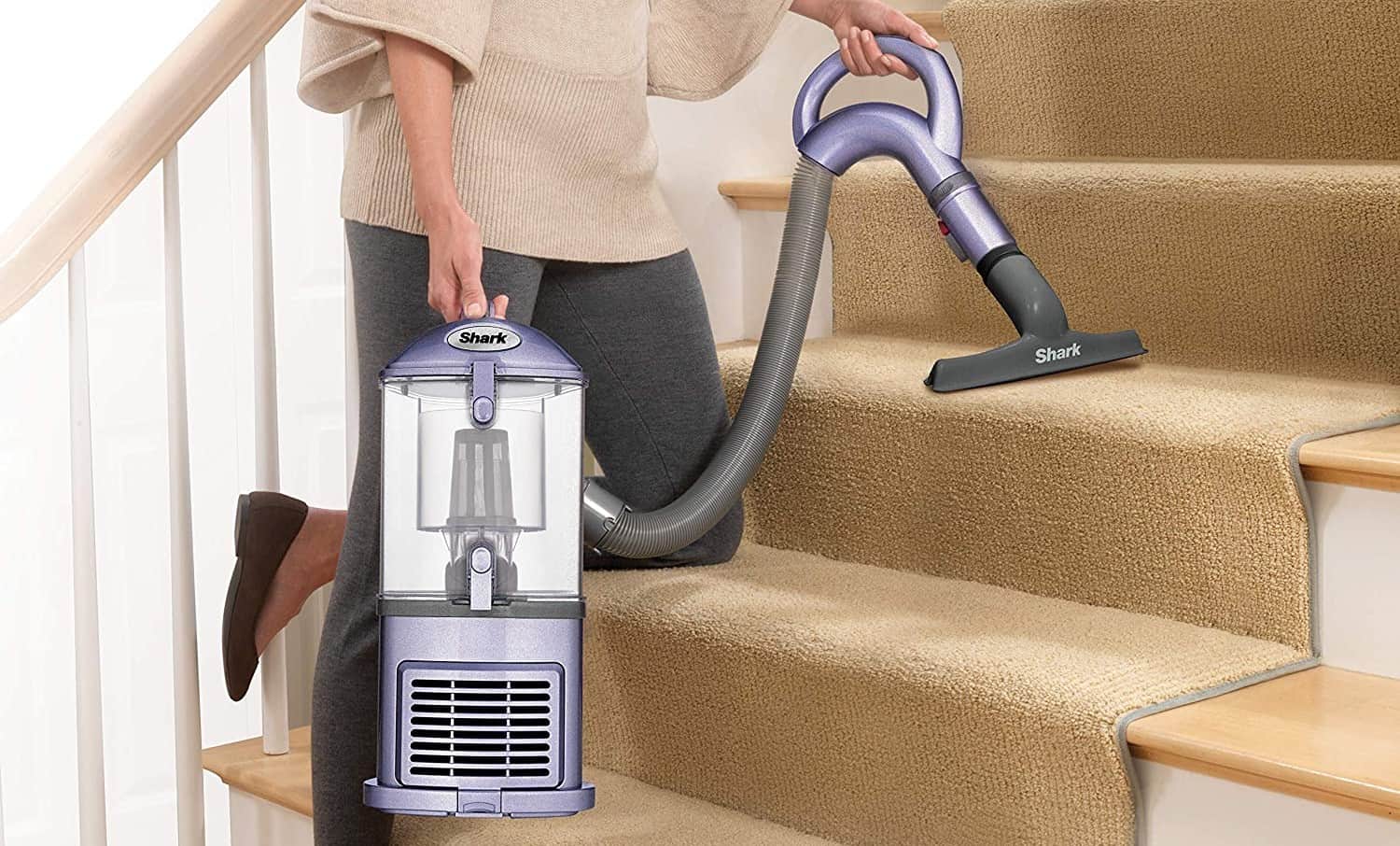
![Best HEPA Vacuums in [year] 44 Best HEPA Vacuums in 2026](https://www.gadgetreview.dev/wp-content/uploads/best-hepa-vacuum-image.jpg)
![Best Water Filtration Vacuums in [year] 45 Best Water Filtration Vacuums in 2026](https://www.gadgetreview.dev/wp-content/uploads/best-water-filtration-vacuum-image.jpg)
![Best Vacuums for Dust Mites in [year] 46 Best Vacuums for Dust Mites in 2026](https://www.gadgetreview.dev/wp-content/uploads/best-vacuum-for-dust-mites-image.jpg)

